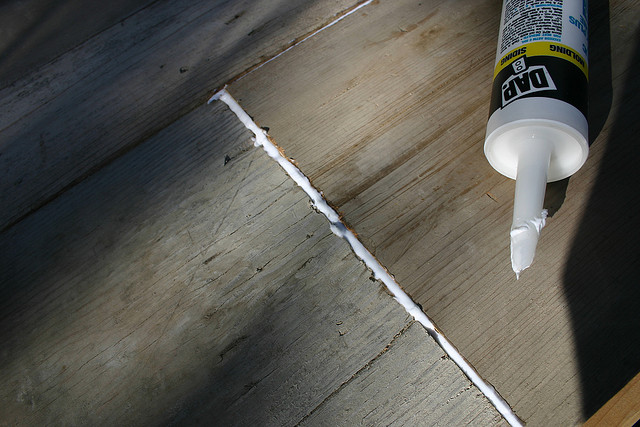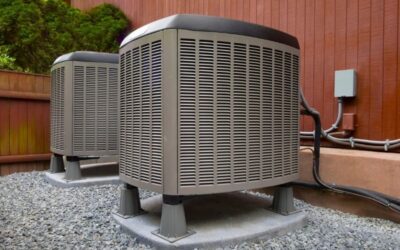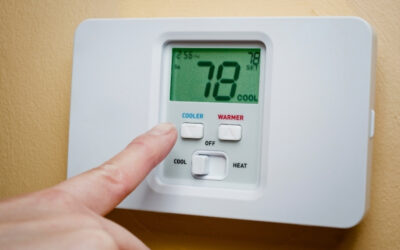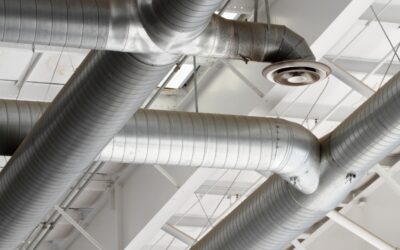As a money-wise homeowner you have done all the right things to make your Opelika area home energy efficient, saving yourself cash and helping the environment by reducing energy needs. Programmable thermostat—check. Annual cleaning and inspection of the furnace—check. Inspected, repaired and replaced caulking and weatherstripping—er—um—what? Sealing air leaks with caulk and weatherstripping is one of the least expensive ways to boost energy efficiency.
Energy Efficiency
Your system operates efficiently when it is treating and circulating only the air in your home. If your furnace or heat pump is fighting a constant invasion of winter air through tiny cracks around windows and doors, and your air conditioner is fighting warm air sneaking in, your system is not energy efficient. Taking the time to spend a few weekend hours to seal up those cracks will pay off with lower energy bills. You will also take a load off the furnace and air conditioner, since they will not be competing with Mother Nature.
Cracks around windows and doors allow untreated air to pass from outside to inside, and your expensively heated or cooled air to escape. These little air leaks can be hard to identify. The air won’t be blowing in at gale force, and you are unlikely to feel a distinct breeze. But suppose you only have a 1/8th-inch wide space all around your front door. That is the same as having a hole in your wall almost 2 ½ inches square, a big hole allowing a lot of outside air to enter. Sealing air leaks will head off that stealthy invader.
Ready for Inspection
Take a tour around your home, checking every window and door. While weatherstripping may have been in place, over the years it might have broken down due to ultraviolet light or friction as windows or doors are opened and closed. Know what you’re looking for. Weatherstripping can be vinyl, felt, metal or a combination of materials. They all serve one purpose: to flexibly fill in cracks between windows and window frames, or between doors and door jambs. If the material didn’t flex, you would be sealed up airtight but could not open a window. If the material wasn’t firm but pliable, it would not expand to fill the crack.
Weatherstripping often isn’t as sturdy as other building materials used on your Columbus area home. It will wear out and need replacing. Generally, V-shaped metal weatherstripping is the hardiest material, and adhesive-backed foam is the least durable. Don’t be afraid to replace an older material (felt, for example) with something newer. Don’t worry about mixing materials. Weatherstripping around a door may combine metal and vinyl. Sealing air leaks is about efficiency, not fashion, since weatherstripping itself practically disappears when in place.
Caulk
Caulk fills cracks between immovable parts (between door casing and brick veneer, for example). The caulk around your Auburn area home may have lost its flexibility or pulled away from surfaces over time. Caulk is inexpensive and easy to apply. It comes in many different forms and tints. Spend a few minutes looking over the selections in your hardware store, to make sure you match the right caulk to the right job. When you are ready to caulk, practice first on scrap wood, make sure you have cleaned the area to be caulked, and don’t rush the job. A steady, slow application gives you greater control than zipping along squeezing the caulk gun. Don’t be tempted to dab at and “fix” your caulk line—Is it dry? Is that a bubble? For a neat, clean job, put down painter’s tape on each side of the area you need to caulk. After the caulk has set up slightly, pull the tape away at a right angle to the caulk, and you’ll have a crisp line.
Application
If you are replacing worn spots around windows and doors, be sure to thoroughly clean surfaces of any adhesive, dirt and leftover remnants of old material. Once the site is clean and dry, measure your needs before cutting and apply new weatherstripping in long pieces, one strip per side of the opening. Start on the back side of your house to learn the craft there, where goofs are less noticeable. Move around to the front as you get better and more confident. Then step back and admire your work–a job well done sealing air leaks, saving energy and saving money.
For more ways to improve the energy efficiency of your Eufaula area home, contact Indoor Solutions, Inc.
Image via Flickr ephidryn




